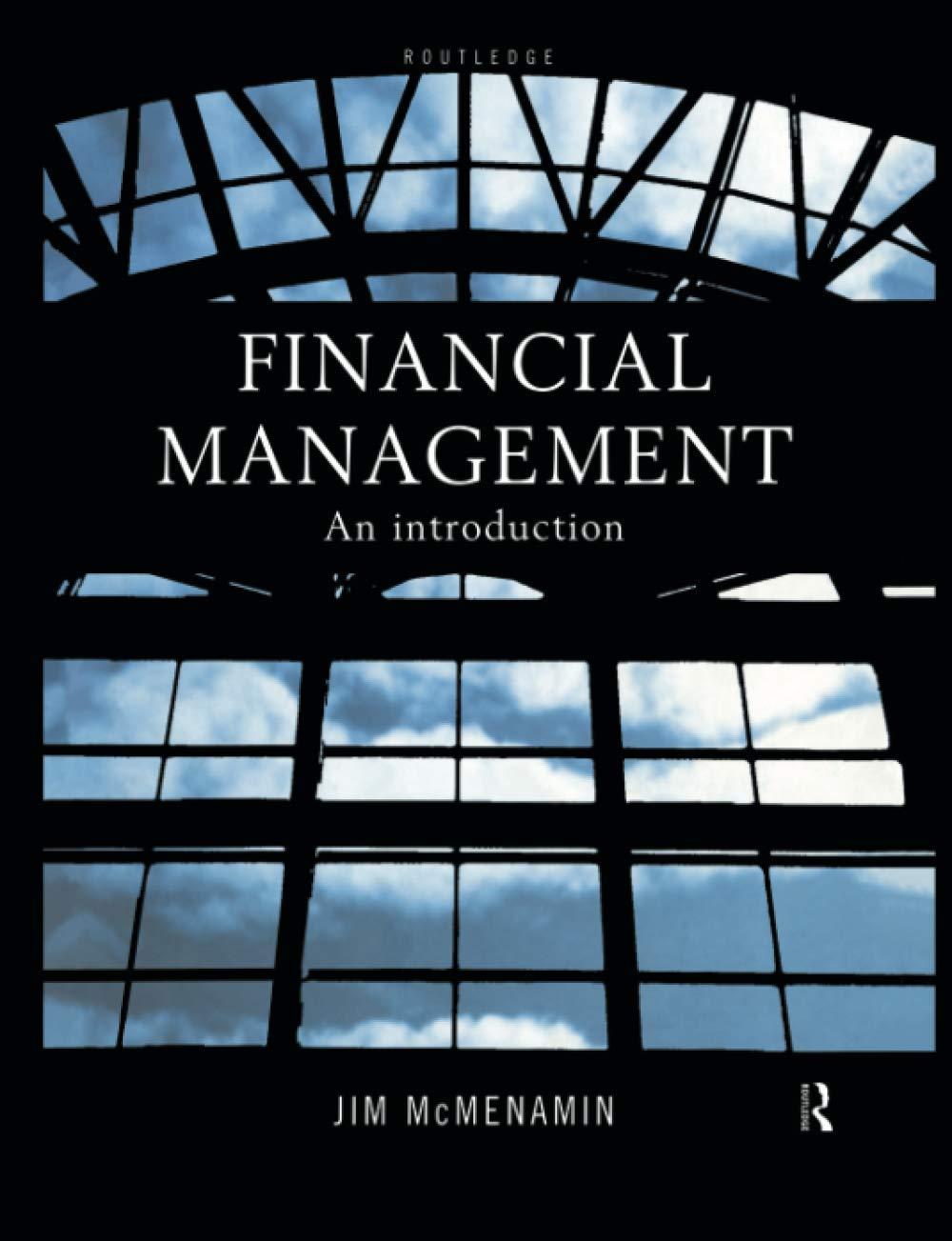Answered step by step
Verified Expert Solution
Question
1 Approved Answer
Can you help me with these three questions? Thank you! You have just invested in a portfolio of three stocks. The amount of money that
Can you help me with these three questions? Thank you!



Step by Step Solution
There are 3 Steps involved in it
Step: 1

Get Instant Access to Expert-Tailored Solutions
See step-by-step solutions with expert insights and AI powered tools for academic success
Step: 2

Step: 3

Ace Your Homework with AI
Get the answers you need in no time with our AI-driven, step-by-step assistance
Get Started


